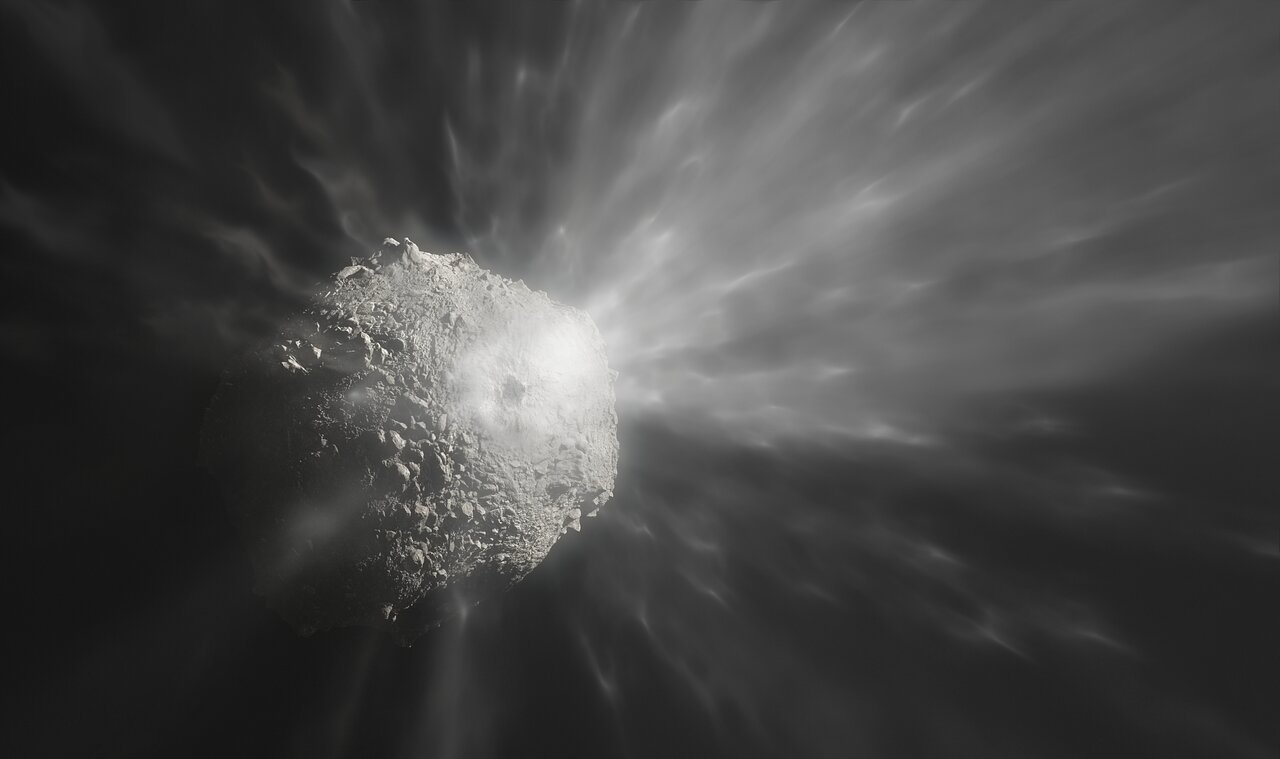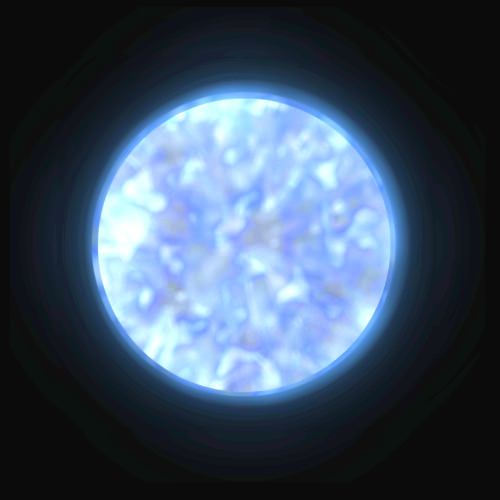[/caption]
Its been said that the Universe isn’t stranger than you can imagine, its stranger than you can’t imagine. Nowhere is this more true than the study of stars. Recently, a team of scientists from the Armagh Observatory in Northern Ireland have discovered a star that is enveloped by clouds of glittering zirconium! Its a metal you might be more familiar with in jewelry to make false diamonds but it now looks like stars are getting in on the act and becoming more sparkly than they are already.
The research team, led by graduate student N. Naslim and her supervisor Dr. Simon Jeffrey, were looking for clues to the lack of hydrogen on the surface of helium rich hot subdwarf stars, when compared to other similar stars. Using the 3.9m Anglo-Australian telescope at Siding Spring Observatory in New South Wales, the study focused on a star called LS IV-14 116 which lies at an incredible distance of 2000 light years.
By using a spectroscope attached to the telescope, the team was able to split the incoming starlight into its component parts (much like water droplets in the atmosphere do to sunlight to make a rainbow). Along with the expected patterns which showed the presence of certain elements, they were surprised to find lines in the spectrum which were not so easily identified. A careful study showed the lines were due to the presence of a form of zirconium that should only exist in temperatures in excess of 20,000 degrees. This was a first, no zirconium of this type had ever been found in a stellar spectrum before.
Team member Prof. Alan Hibbert built a computer model that enabled them to deduce that the zirconium existing on LS IV-14 116 was some ten thousand times more than the concentration found in the Sun. This highly unexpected result led the team to conclude that the abundance of zirconium is caused by the formation of cloud layers in the star’s atmosphere.
“The star doesn’t have a corona like the Sun. Our model shows the huge excess of zirconium that we discovered is on the photosphere (the visible ‘surface’ of the star), where it forms cloud layers much like stratus clouds on Earth.” Naslim told Universe Today. It seems that other elements, chiefly metals heavier than calcium, seem to form in high concentrations too but seem scarce in layers above and below. This could have a dramatic effect according to Dr. Natalie Behara from the Université Libre de Bruxelles appearing as many thin cloud layers in the atmosphere, each due to a different metal.
Further work from the team suggests that the star is shrinking from a bright cool giant to a faint hot subdwarf and as it does, different elements sink or float up in the atmosphere making the current composition very specific to the star’s recent history.
Naslim explains that “The huge excess of zirconium was a complete surprise. We had no reason to think this star was more peculiar than any other faint blue star discovered so far.” Its great to see that whilst we know so much about the Universe now, there are still discoveries that come along and surprise us. This latest discovery of zirconium rich stars has yet again shown us that we mustn’t become complacent and think we know everything, it keeps science interesting, it keeps it alive.
Source: from the Royal Astronomical Society.
Mark Thompson is a writer and the astronomy presenter on the BBC One Show. See his website, The People’s Astronomer, and you can follow him on Twitter, @PeoplesAstro


